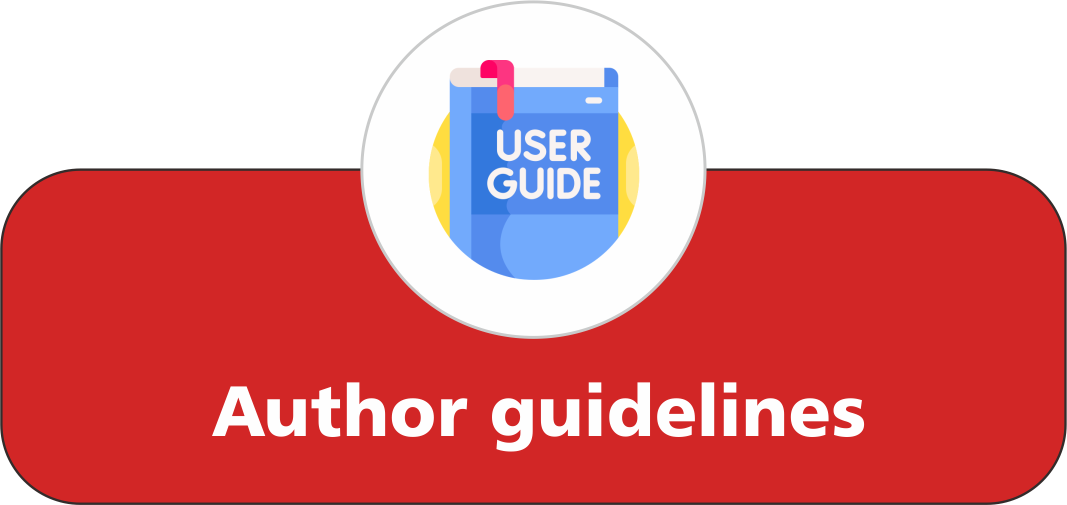Teachers 21st Century Skills Special Program in Sports Curriculum
 ),
),
(1) Sultan the Kudarat
 Corresponding Author
Corresponding Author
Abstract
Keywords
References
Ghana. African Educational Research Journal, 8(1), 6-12.
Agustini, K., Santyasa, I. W., and Ratminingsih, N. M. (2019). Analysis of competence on “TPACK”: 21st century teacher professional development. Journal of Physics: Conference Series, 1387 (1), 1-9.
Aquino, J. F., Riss, R. R., Multerer, S. M., Mogilner, L. N., and Turner, T. L. (2022). A step-by-step guide for mentors to facilitate team building and communication in virtual teams. Medical Education Online, 27(1), 2094529.
Ayaz, O., and Ismail, F. W. (2022). Healthcare simulation: A key to the future of medical education–a review. Advances in Medical Education and Practice, 13, 301-308.
Bellibaş, M. Ş., Gümüş, S., and Liu, Y. (2021). Does school leadership matter for teachers’ classroom practice? The influence of instructional leadership and distributed leadership on instructional quality. School Effectiveness and School Improvement, 32(3), 387-412.
Calixtro Jr, V. L. (2020). Fitness and wellness lifestyles of the personnel of Sultan Kudarat State university, Mindanao, Philippines. Indonesian Journal of Teaching in Science, 1(1), 63-68.
Calixtro Jr, V. L. (2021). Health status and job performance of physical education instructors in higher education institutions. Indonesian Journal of Educational Research and Technology, 1(2), 71-76.
Deci, E. L., and Ryan, R. M. (2000). The "what" and "why" of goal pursuits: Human needs and the self-determination of behaviour. Psychological Inquiry, 11(4), 227-268.
Dohle, S., and Wansink, B. (2013). Fit in 50 years: Participation in high school sports best predicts one’s physical activity after Age 70. BMC Public Health, 13, 1-6.
Espiritu, R. D. (2021). Awareness and competency of pre-service teachers on the Philippine professional standards for teachers (Ppst): A basis for training program. JournalNX, 7(11), 83-105.
Evmenova, A. (2018). Preparing teachers to use universal design for learning to support diverse learners. Journal of Online Learning Research, 4(2), 147-171.
Ferreira, M., Martinsone, B., and Talić, S. (2020). Promoting sustainable social emotional learning at school through relationship-centered learning environment, teaching methods and formative assessment. Journal of Teacher Education for Sustainability, 22(1), 21-36.
Harbin, M. B., Thurber, A., and Bandy, J. (2019). Teaching race, racism, and racial justice: Pedagogical principles and classroom strategies for course instructors. Race and Pedagogy Journal: Teaching and Learning for Justice, 4(1), 1-37.
Haryani, E., Coben, W. W., Pleasants, B. A., and Fetters, M. K. (2021). Analysis of teachers' resources for integrating the skills of creativity and innovation, critical thinking and problem solving, collaboration, and communication in science classrooms. Jurnal Pendidikan IPA Indonesia, 10(1), 92-102.
Hergüner, G. (2016). Tablet computer literacy levels of the physical education and sports department students. Malaysian Online Journal of Educational Technology, 4(2), 58-65.
Hofer, M., and Grandgenett, N. (2012). TPACK development in teacher education: A longitudinal study of preservice teachers in a secondary MA Ed. program. Journal of Research on Technology in Education, 45(1), 83-106.
Jun, S., Edwin, C., Rahon, M., Ann, C., Terre, E. Q., Ventayen, D. B. A., and Urbano, J. M. (2021). Gendered-analysis on research competency of 21st century learners. Journal of Contemporary Issues in Business and Government, 27(1), 819-827.
Kim, S., Raza, M., and Seidman, E. (2019). Improving 21st-century teaching skills: The key to effective 21st-century learners. Research in Comparative and International Education, 14(1), 99–117.
Koh, K. T., Ong, S. W., and Camiré, M. (2016). Implementation of a values training program in physical education and sport: Perspectives from teachers, coaches, students, and athletes. Physical Education and Sport Pedagogy, 21(3), 295-312.
Lappe, J. M. (2000). Taking the mystery out of research: Descriptive correlational design. Orthopaedic Nursing, 19(2), 81.
Lord, F., Pyne, D. B., Welvaert, M., and Mara, J. K. (2020). Methods of performance analysis in team invasion sports: A systematic review. Journal of Sports Sciences, 38(20), 2338-2349.
Lundberg, C. A., and Sheridan, D. (2015). Benefits of engagement with peers, faculty, and diversity for online learners. College Teaching, 63(1), 8-15.
McEwan, D., and Beauchamp, M. R. (2014). Teamwork in sport: A theoretical and integrative review. International Review of Sport and Exercise Psychology, 7(1), 229-250.
McGrew, S., Breakstone, J., Ortega, T., Smith, M., and Wineburg, S. (2018). Can students evaluate online sources? Learning from assessments of civic online reasoning. Theory and Research in Social Education, 46(2), 165-193.
Miller, L. (2015). Sports communication as a way to develop critical competencies in the L2 classroom. RELC Journal, 46(1), 89-104.
Schover, L. R. (2019). Sexual quality of life in men and women after cancer. Climacteric, 22(6), 553-557.
Siyam, N., and Hussain, M. (2022). Academic staff’s attitudes towards a curriculum mapping tool. TechTrends, 66(2), 223-239.
Tang, T., Vezzani, V., and Eriksson, V. (2020). Developing critical thinking, collective creativity skills and problem solving through playful design jams. Thinking Skills and Creativity, 37, 100696.
Yeni, G. (2022). The effect of 21st century skills training on foreign language teachers’ perceptions regarding their educational technology and materials development competencies. Bartın University Journal of Faculty of Education, 11(1), 118-136
Yetman, M., Blancher, A., and Reekes, T. (2020). Establishing a health and wellness intervention program. The International Journal of Health, Wellness and Society, 11(1), 23.
Article Metrics
Abstract View : 790 times
: 790 times Download : 379 times
Download : 379 times
Refbacks
- There are currently no refbacks.
Copyright (c) 2024 Bumi Publikasi Nusantara

This work is licensed under a Creative Commons Attribution-ShareAlike 4.0 International License.



_publication_ethics.png)



